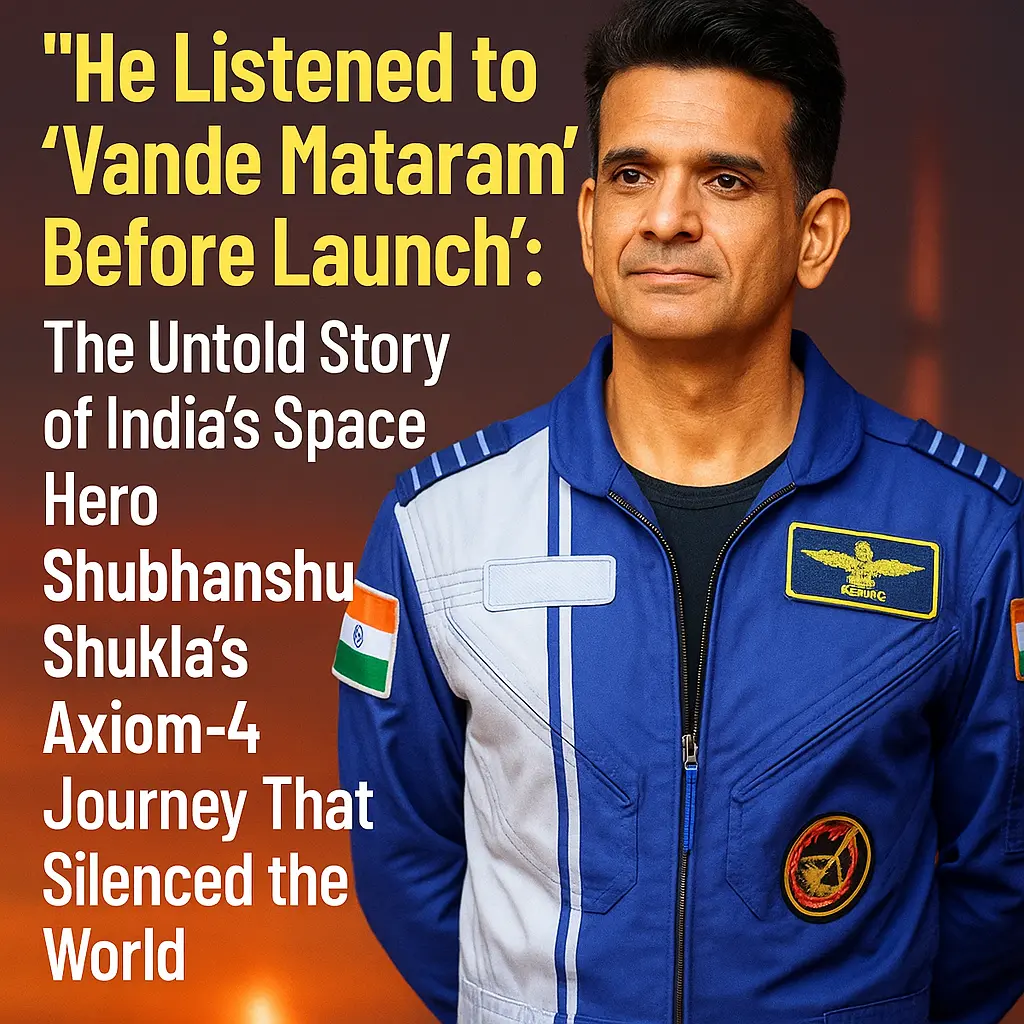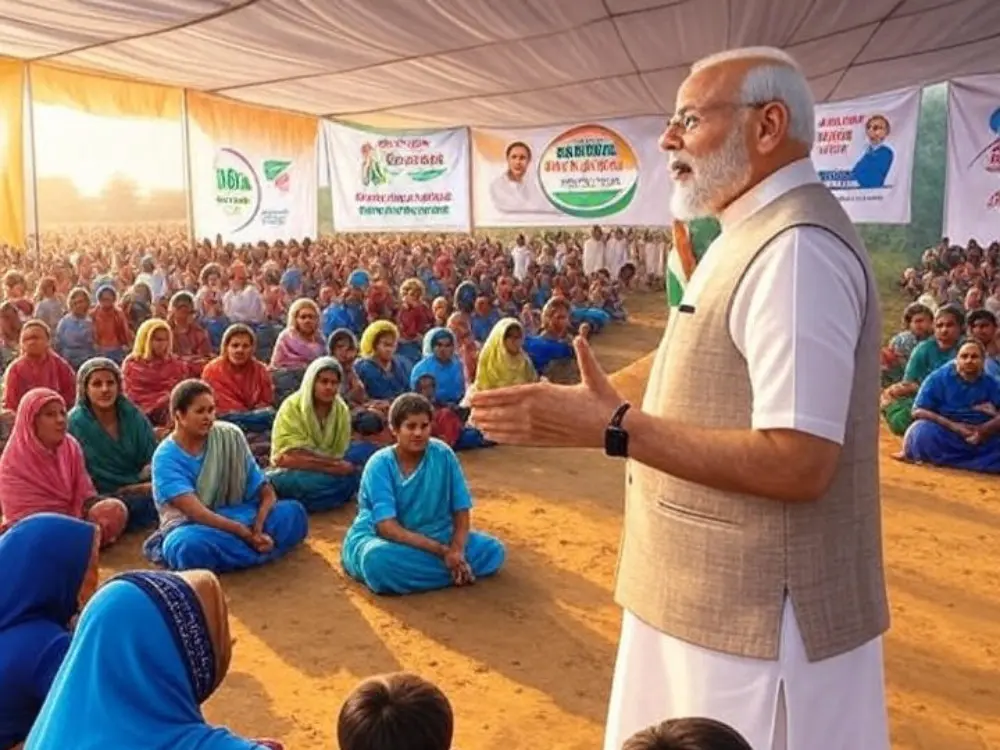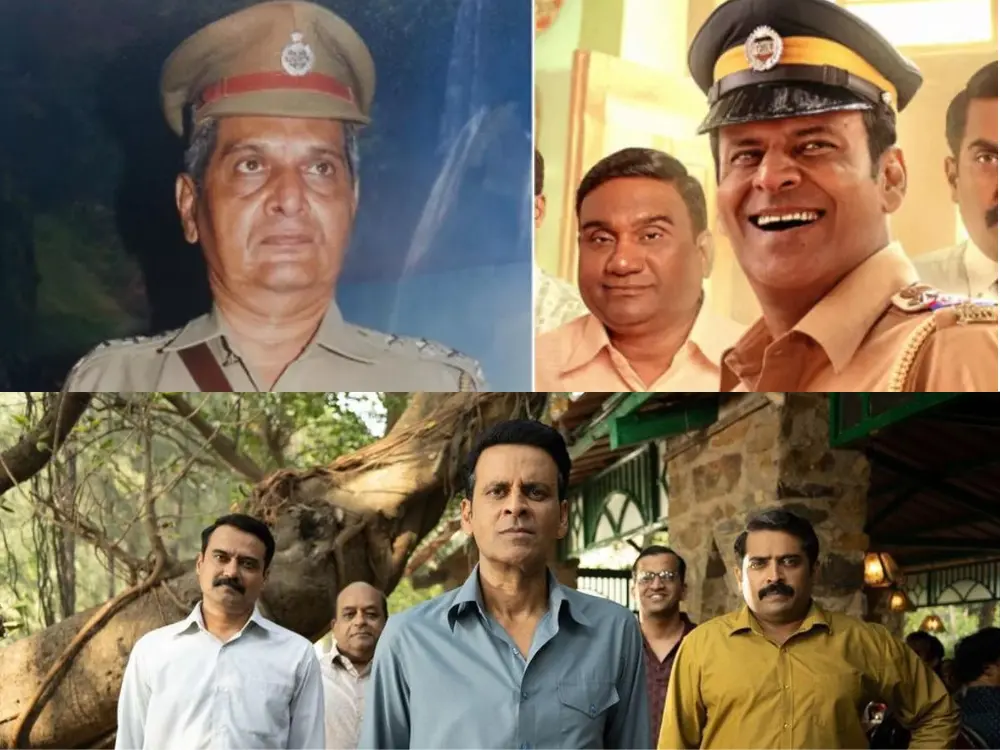Discover the untold story of India’s Shubhanshu Shukla on Axiom‑4—from Vande Mataram launch ritual to Gaganyaan prep—beyond the headlines.
When the Falcon 9 rocket roared into the sky from NASA’s legendary Kennedy Space Center, the world saw a routine space launch. But for India, that moment became historic—not because of flashy headlines, but because one man, Group Captain Shubhanshu Shukla, quietly carried the dreams of a billion people on his shoulders.
What followed was not just a launch, but a legacy in the making. And what the world didn’t see is what truly makes this story unforgettable.
Table of Contents
Toggle🛰️ A 41-Year Wait: From Rakesh Sharma to Shubhanshu Shukla
In 1984, Rakesh Sharma became the first Indian to venture into space aboard a Soviet Soyuz mission. Forty-one years later, history repeated itself—but this time, under a new global order. Onboard Axiom Mission 4 (Ax-4), organized by Axiom Space in partnership with NASA and SpaceX, Shubhanshu Shukla became the first Indian military officer in four decades to reach the International Space Station (ISS).
This wasn’t a government-run mission. It was a strategic alliance between global space leaders and India’s quiet but consistent rise in human spaceflight capability. India’s role was subtle but sharp—Shukla was more than a passenger; he was a symbol of India’s technological maturity and future-readiness.
“Vande Mataram” in Space: A Patriotic Launch Ritual Never Seen Before
While media fixated on countdowns and rocket stats, what truly defined the moment was what Shubhanshu did in his final minutes before the launch.
He listened to “Vande Mataram”, the powerful rendition from the Bollywood film Fighter. Sources close to the family revealed this was his personal ritual to ground himself emotionally and spiritually before liftoff.
Unlike the 1984 salute of “Sare Jahan Se Achha” by Rakesh Sharma, Shubhanshu’s choice was modern, emotional, and fierce—signaling a new, fearless Indian identity in space.
“It wasn’t just about music. It was a mindset shift. He wanted to carry India’s heartbeat with him,” said a mission insider.
👩👦 Behind the Scenes: The Woman Behind the Astronaut
As he ascended into orbit, one name was etched in his personal note—Dr. Kamna Mishra, his wife and childhood classmate. In a handwritten message revealed after launch, Shubhanshu wrote:
“Without you, none of this would be possible. For every second I float, it’s your strength that grounds me.”
Dr. Kamna, a clinical psychologist, reportedly designed Shubhanshu’s pre-mission emotional resilience routine, advising meditation, disconnection from digital noise, and memory anchoring. She’s been called the “unsung commander of Ax-4.”
Their son, aged six, is expected to greet him live when Ax-4 docks—a rare, heartwarming moment that humanizes this high-tech odyssey.
🔬 Not Just a Passenger: Shukla’s Silent Role in India’s Gaganyaan Mission
Here’s what nobody’s reporting: Shubhanshu’s real purpose wasn’t just Ax-4—it was Gaganyaan. Sources from ISRO confirm that Shukla is already shortlisted to command India’s Gaganyaan-4 mission, expected in 2027.
Why does this matter?
Because Ax-4 served as a disguised rehearsal. Shukla was tasked with testing:
- Microgravity effects on human physiology
- Crew coordination protocols
- Space health AI experiments involving glucose tracking
These exact tests are being ported into Gaganyaan’s onboard systems. In effect, Ax-4 was ISRO’s hidden trial run—quiet, unadvertised, and brilliantly executed.
🌍 A Mission of Many Firsts: Diplomacy, Science & Symbolism
While Ax-4 was a technical mission, it also carried weighty symbolism:
- Four astronauts from four different countries—India, USA, Poland, and Turkey—shared the Dragon capsule named “Grace.”
- For India, it was a return. For Hungary and Poland, it was their first-ever ISS mission.
- The international crew stood for unity in space when geopolitics down on Earth is anything but united.
Even more quietly, Shubhanshu carried a small memorabilia of Rakesh Sharma, bridging two eras of India’s cosmic journey.
🧪 Space & Science: India’s Breakthrough in Diabetic Health Research
One of Ax-4’s most groundbreaking projects involved real-time AI-based glucose monitoring in space. Shubhanshu volunteered as the human test subject in partnership with Burjeel Medical Group, a UAE-based hospital chain.
This study:
- Analyzed how microgravity affects blood sugar regulation.
- Used wearable CGM devices combined with artificial intelligence.
- Is now being repurposed by Indian biotech startups for diabetes treatment on Earth.
In other words, his sweat in space may save millions on Earth.
🌐 A Masterclass in Space PR: India’s New Public Hero
Despite being modest and media-shy, Shubhanshu managed to dominate headlines across the globe. But what made his case different was how he connected with Indian youth directly.
Before launch, he held a livestreamed Q&A with students from Lucknow, where he urged them to “study not to escape Earth, but to improve it.” His videos are now trending across YouTube and Instagram, marking a rare cross-platform space heroism.
This wasn’t just a mission to space. It was a statement to the world: that India’s astronauts are not just passengers—they’re pioneers.
From emotional rituals to stealth strategy, family bonding to scientific breakthroughs, Group Captain Shubhanshu Shukla has carved a legacy that is far richer than numbers or statistics.
And when he returns, a new generation of Indian space dreams will have already taken flight.
Also Read – Space X Official Press Release About Mission: Ax-4 Overview













